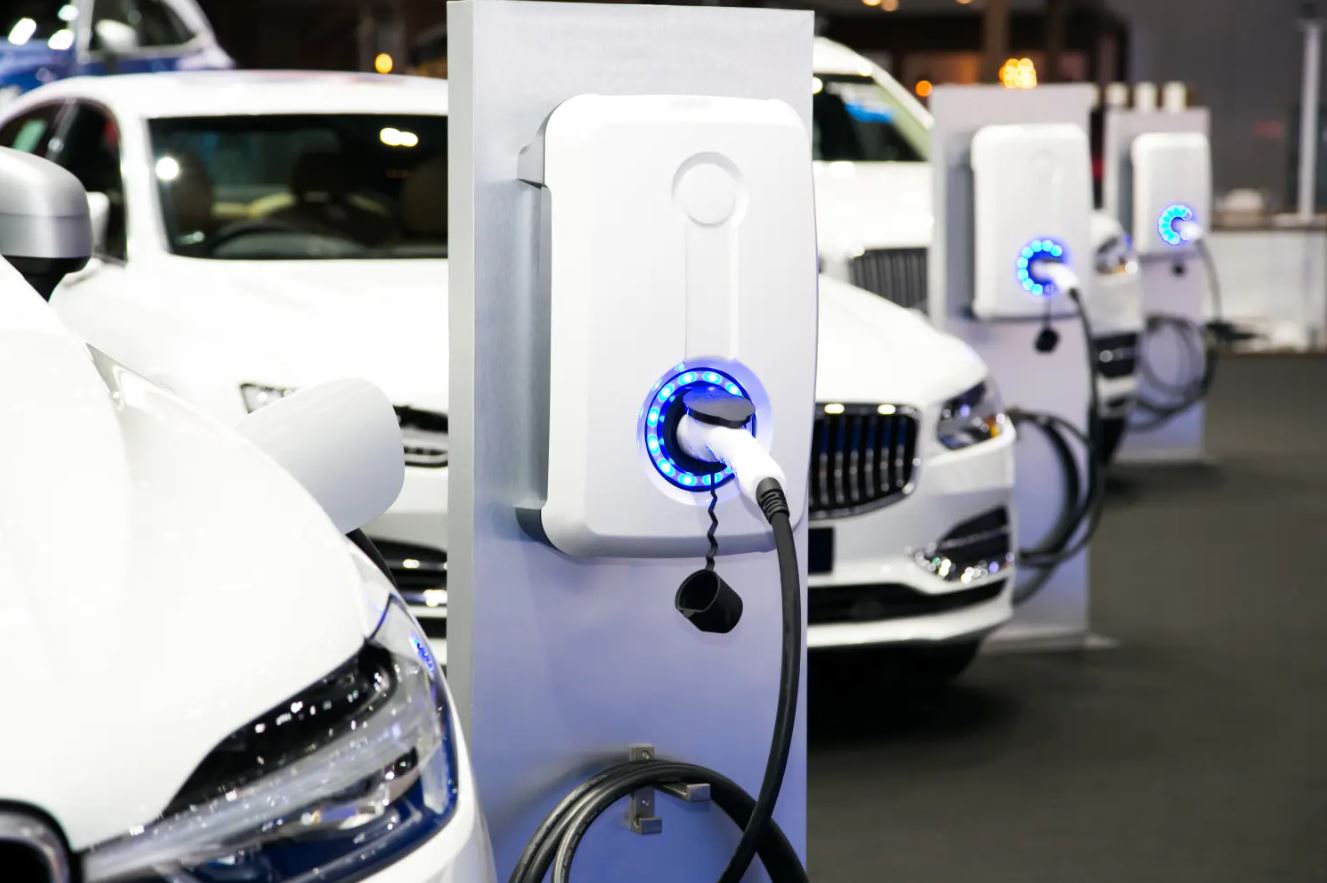 Electric vehicles (EVs) are revolutionizing how we move, but they still face hurdles, especially when it comes to range and efficiency. One major factor is the weight of the vehicle itself. Norwegian researchers from SINTEF and NTNU are tackling this by developing lighter wires for EVs, which could make a big difference.
Electric vehicles (EVs) are revolutionizing how we move, but they still face hurdles, especially when it comes to range and efficiency. One major factor is the weight of the vehicle itself. Norwegian researchers from SINTEF and NTNU are tackling this by developing lighter wires for EVs, which could make a big difference.
Copper is commonly used in EVs because it’s affordable and durable, but it’s also quite heavy. To cut down on weight, these scientists are looking at swapping out some of the copper for aluminum. Aluminum’s about a third of the density of copper, offering a promising way to lighten the load.
The tricky part? Welding aluminum to copper without losing conductivity. High-heat welding can create brittle compounds, which isn’t ideal. That’s why the team explored cold welding techniques. These use lower temperatures to keep the conductive properties intact.
They’ve come up with a method called Hybrid Metal Extrusion & Bonding (HYB). It uses mechanical pressure and friction to form strong, slow-forming bonds between the metals. This method maintains both electrical and mechanical integrity better than other approaches.
Initial results are encouraging, showing stronger bonds between copper and aluminum. However, aluminum isn’t as strong as copper, especially under heat. As Jørgen A. Sørhaug from SINTEF explains, they’re digging into what causes this on an atomic level and how to improve the alloys to handle heat better.
This research is particularly exciting for Norway’s EV industry, which has one of the highest adoption rates globally. In 2024, a whopping 89% of new cars sold were fully electric. Lighter vehicles could mean longer range and better efficiency.
Randi Holmestad from NTNU points out that by refining the welding geometry, they can create a nanostructure that boosts strength and conductivity—especially important for battery systems in EVs. This could not only extend the range for regular EVs but also make electric buses and trucks more viable by improving efficiency.
This innovation represents a significant step forward in overcoming one of the main challenges in EV technology.








